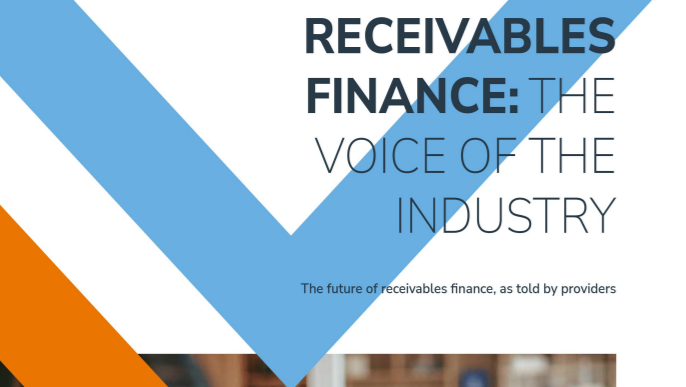The novel Coronavirus (SARS-CoV-2), which causes the Coronavirus disease (COVID-19) has infected over 7.45 million people worldwide and claimed over 400,000 lives globally. It is not just a pandemic—it is also a burgeoning (global) economic crisis, especially because of the measures (including lockdowns) adopted to contain its spread.
Several aspects make COVID-19 a very distinctive crisis. First, it is a highly unsystematic and uncharacteristic fusion of a deadly disease with an economic catastrophe. Second, its burgeoning growth has seen it become a global phenomenon in a very, very short period of time. Third, as economists would call it, it is both a severe supply and demand-side shock. Put differently, it is an unparalleled global macro-economic shock of uncertain magnitude and duration. The uncertainty is what makes it so very dangerous. Fourth, its impact is multi-faceted and includes infection, death, and loss of loved ones, human distress in many forms (such as job losses, lack of food and nutrition, loss of education, even if it may be temporary), greater indebtedness, severe global recession caused by a deep prolonged (uncertain) contraction in economic activities, brutal corporate (financial) distress, huge stress on the financial systems (thereby making the supply of credit to the real economy a major concern), stoppage of flow of capital due to risk aversion by investors and other stakeholders and so on.
While the general financial services industry has been affected hugely, much of the same applies to the financial inclusion sector—where all stakeholders ranging from low income clients to MFIs, NBFIs, Banks and Central Banks have been deeply impacted.
It is in this context that a virtual conference was organized by the Financial Inclusion Advocacy Centre (FIAC), UK on June 8 with participants from all over the world. The conference explored several themes such as the following:
• How has COVID-19 changed the contours of financial inclusion?
• Going forward, what are the implications of COVID-19 for various stakeholders—including Central Banks, Ministries of Finance, Banks, NBFIs, MFIs, Clients and MSMEs, Governments, FINTECH and RegTech Companies, Technology Service Providers and Others—and their activities?
• What happens to UNSDG # 1 (and UNSDG #10) which specifically calls for ensuring 100% financial inclusion by 2030? What are the implications for the aforementioned stakeholders?
• What are the implications of COVID-19 for regulation and supervision of the financial inclusion sector in general?
• What are the specific regulatory and supervisory implications for central bankers, banks, NBFIs, and MFIs in particular?
This publication highlights answers to questions such as the above and summarizes the conference presentation as a paper.
Acknowledgments:
This paper was written by Ramesh S Arunachalam and Godfrey Crentsil as part of the June 8th virtual conference—Financial Inclusion in the COVID-19 Era, organized by the Financial Inclusion Advocacy Centre (FIAC), UK.






